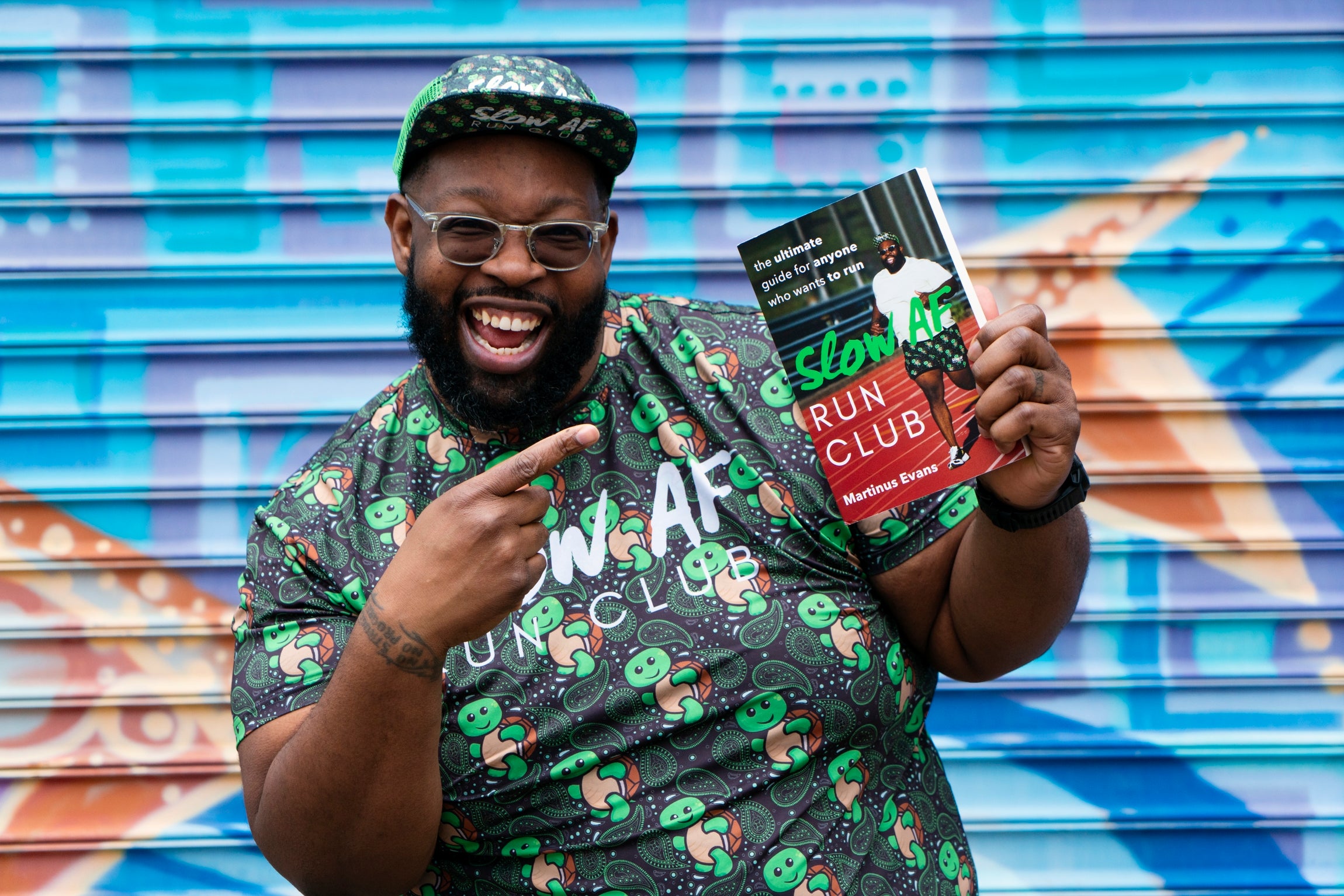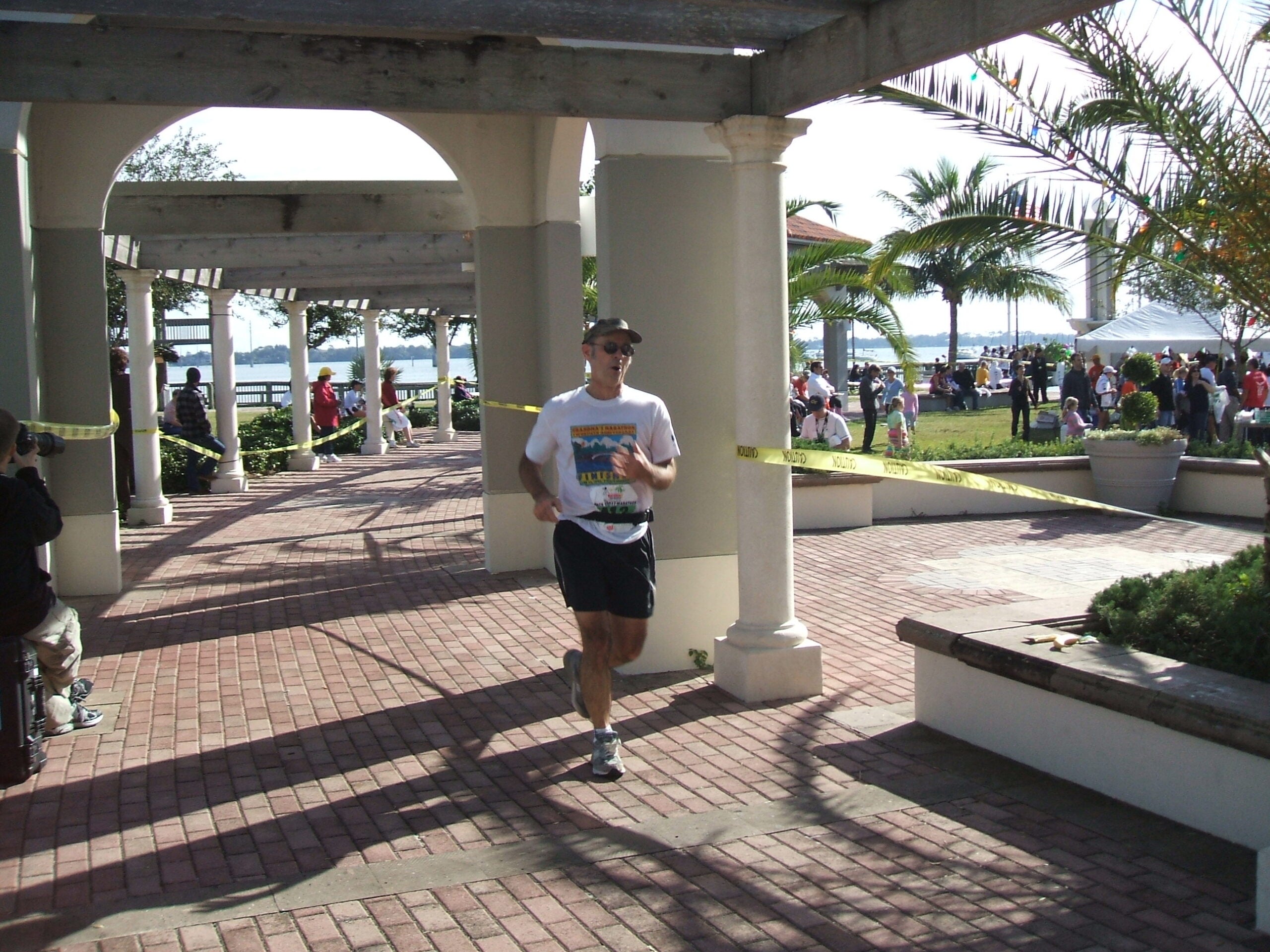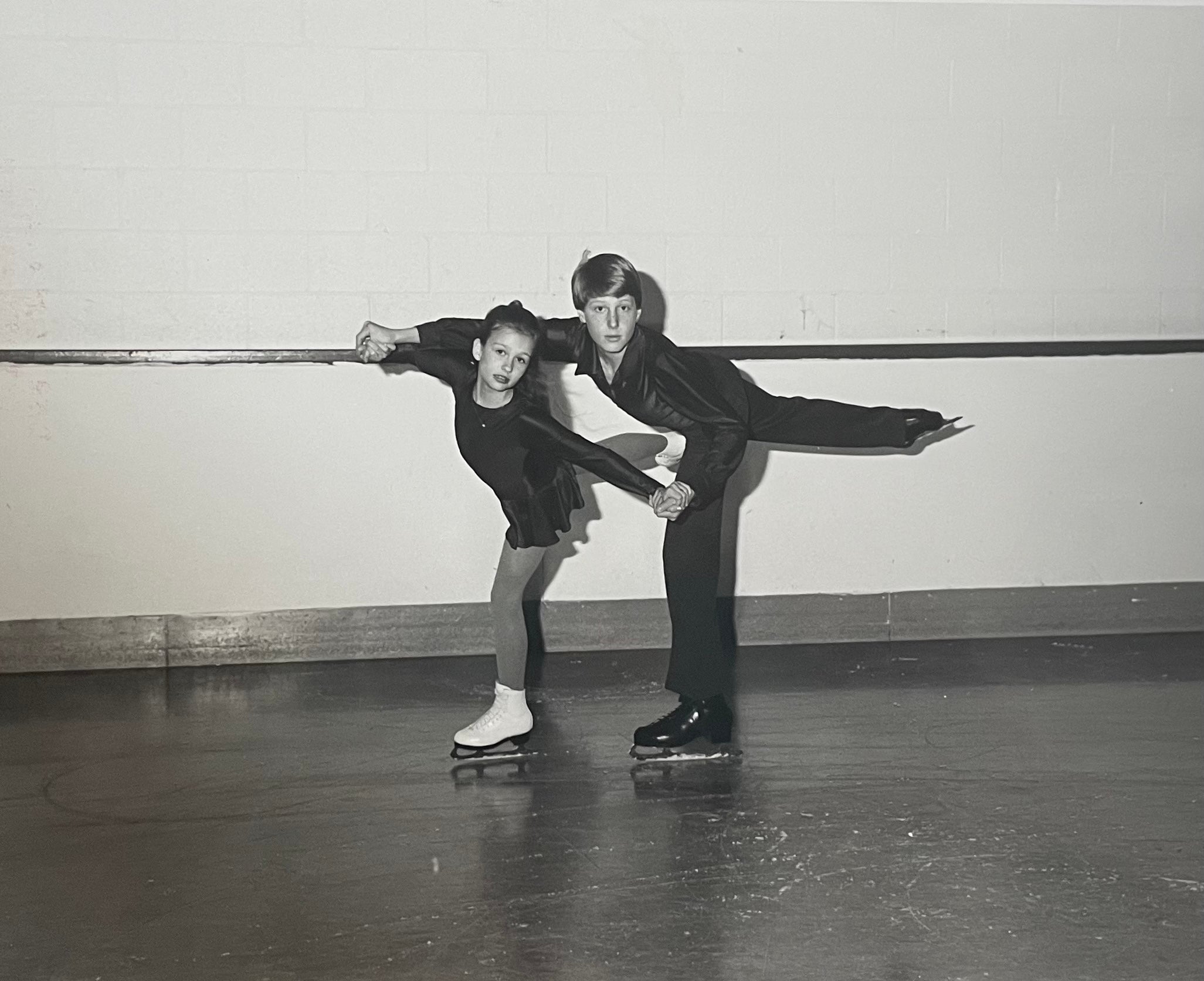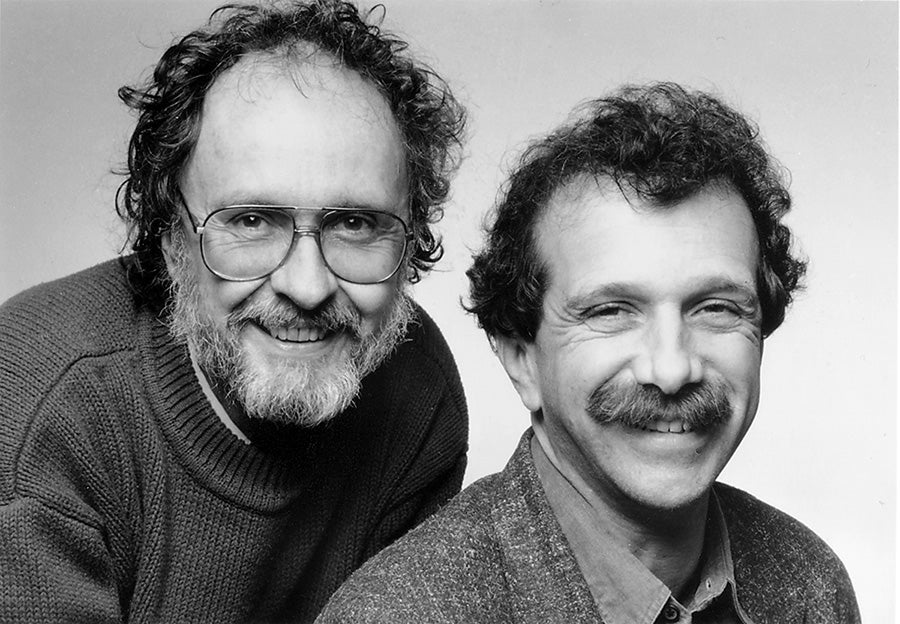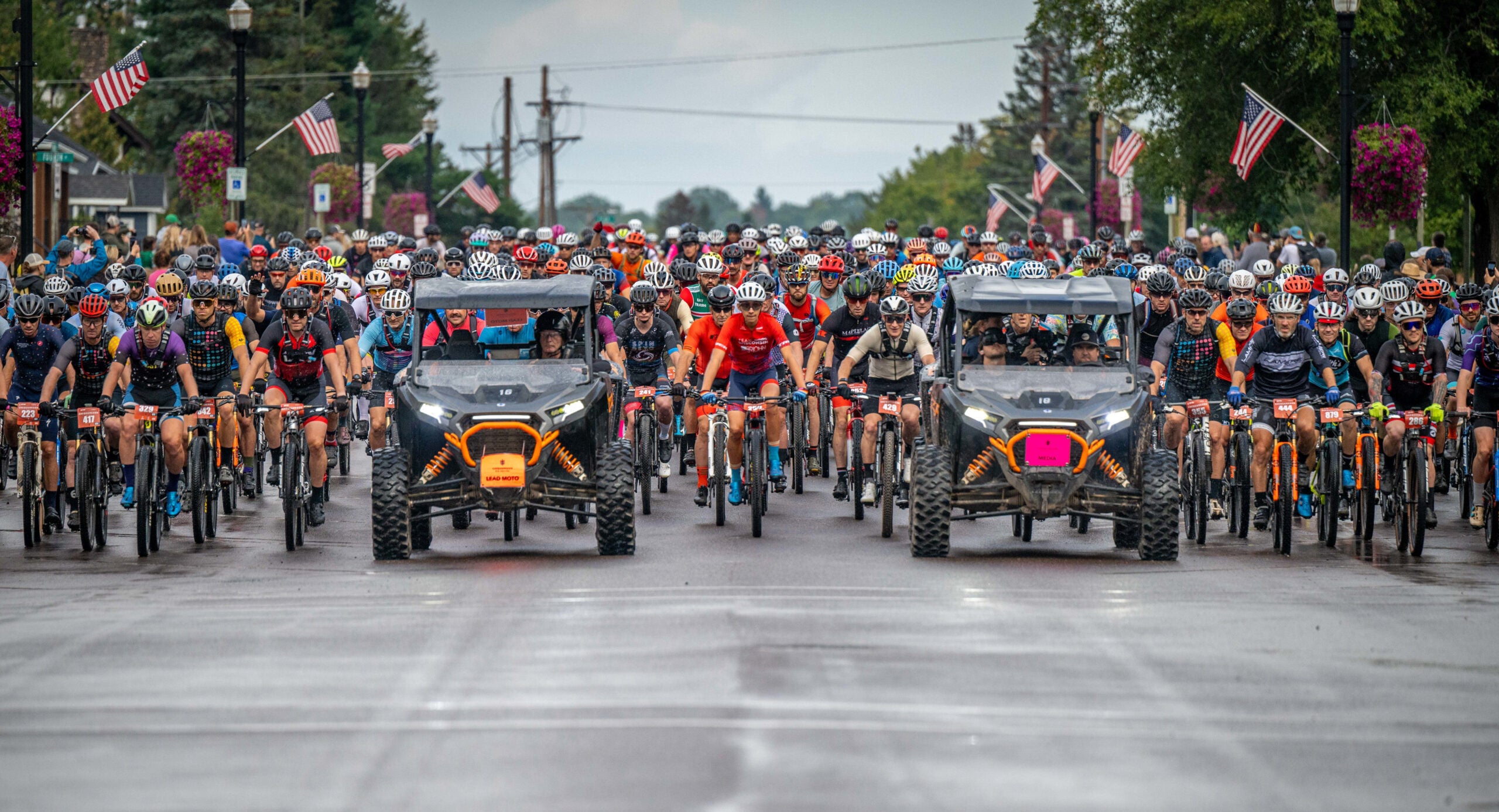In 2012, when Martinus Evans was working eight-to-10-hour days as a salesman, he began to develop hip pain.
Evans’ doctor attributed the pain to Evans’ weight. He was overweight and needed to lose weight or else he would die, Evans recalled his doctor saying. The doctor recommended walking as exercise.
“I remember telling this doctor, ‘I’m going to run a marathon,’ and he laughed at me. It was no ‘ha ha ha’ — like, he gave me the biggest laugh, that you would think your favorite comedian was telling a joke. And he told me if I ran a marathon, I would die on that course,” Evans said.
News with a little more humanity
WPR’s “Wisconsin Today” newsletter keeps you connected to the state you love without feeling overwhelmed. No paywall. No agenda. No corporate filter.
On WPR’s “The Larry Meiller Show,” Evans said he stormed out of that doctor’s office, bought a pair of running shoes that day and set out to prove the doctor wrong.
Since then, he’s run numerous races, started the Slow AF Running Club with more than 20,000 members worldwide, and has written a book — “Slow AF Run Club: The Ultimate Guide for Anybody Who Wants to Run” — that he said is “from the point of a 300-pound man who’s ran eight marathons and hundreds of other different races to say, ‘Come along with me.’”
The following has been edited for brevity and clarity.
Larry Meiller: So you’re the founder of Slow AF Run Club. Tell us about the goals of your run club.
ME: The goal of this run club is to inspire 1 million people to start running in the body that they have right now.
One of the things I just learned is that there’s a lot of intimidation when it comes to the sport of running and a lot of the barriers that I want to be able to lower so that other people are able to start running into the sport that I truly love.
LM: I’m sure many people have the idea in their mind of what a runner is supposed to look like. Why is it important for you to challenge that?
ME: I think it’s a very important job to challenge this because we think about most races out there — like think about your most favorite marathon. Most people think marathon runners are the people who are in the front, the elite athletes who have been training their whole life do that.
But once you get past elite athletes, people who are running these marathons come in so many various body shapes and shades, and I just want other people to understand that running is for them and they can do it. It may look different from what elite athlete does, and that’s OK, because you’re not an elite athlete. You’re about getting out there and overcoming your own odds.
Caller from Dodgeville: I have a question about how to prevent injuries while starting running in a non-traditional elite athlete body. How did you not injure yourself as you started running?
ME: The best thing that I can tell the people that I coach is that most people who get injured fall for the terrible too-s. They do something too much, too soon or too fast.
The first thing I would tell people is curb your enthusiasm when it comes to running. I tell people who are just starting out running to run for 15 seconds and then walk for 90 seconds and then see how that works for you. And then if you feel like you can run a little bit more, try 30 seconds, if you feel like you can walk a little bit less, try 60 seconds of walking. Start there.
This next thing is that a lot of people get a this misconception that the only thing you can do at running is just run. And that’s that’s far from the point, right? A lot of us live and work on our butts. So what happens is we have a lot of imbalances when it comes to our muscles and our lower legs. So for a lot of people, it’s really strengthening your glutes, your calves, and your posterior chain muscles. Because if you strengthen the muscles, those are the muscles that make you become a better runner but also help prevent some of those overuse injuries.
Caller from Eau Claire: Can you speak a little bit about the mental toughness of running when you hit a wall?
ME: I think that’s one of the things that I have been talking about since I started this journey, is how how much running can be life changing to you.
In each race, especially in the marathon distance, there’s this mythical wall that everyone talks about. And it pretty much happens around mile 20. So you have about 6 more miles to go. And typically, that’s where most people start to break down and their body starts to break down. From that point, it’s all mental and hard.
So when you’re training for a marathon, these are things that you have to mentally prepare for. And like, how how does that come out for me? It comes out in various different things. Affirmations, right? So I’m chanting to myself, telling myself to keep going one step at a time.
It’s mindfulness, right? I think for a lot of people we got to get out of ‘Whew, that’s 26.2 miles. Like, I’ll never be able to do that.’ And for most people, what we’re trying to get people to understand is that you’re not worried about the distance you gotta run. What you’re worried about is that mile that you’re in, that next step that you’re in, that next breath that you’re taking in order to continue to move.

